Located in southern Africa, landlocked, Zambia has always been a land of brave warriors and hunters. An intertwining of many ancient tribes, it underwent European colonizations in the 19th century – Portuguese and British especially – until it reached independence in 1964. The Country’s political situation today continues to be unstable but the main economic resources are more and more aiming to tourism. The wonderful plateaus, the savannahs crossed by the great rivers, the most beautiful animals on the continent and the Victoria Falls, a show of nature, attract many visitors every year.
Nature in Zambia
Crossed by the great Zambezi River, which together with other tributaries feeds the forests of the north, Zambia has very few mountains (the highest peak is Mount Nyika, 2600 metres) and few hills. The climate is divided into a very rainy season and dry periods. The Zambezi River, having reached the border with Zimbabwe, falls for over a kilometer into a tectonic slope forming the Victoria Falls (average height 128 metres).
In Zambia there are a few groups of elephants, especially in the north, and hippos, crocodiles, lions and leopards throughout the territory. Antelopes are also very common. Over 730 species of birds soar over the state’s skies each year, nesting in some of its national parks. Among the most famous parks are: Kafue, Liuwa Plains, Lower Zambezi National Park, South Luangwa National Park.
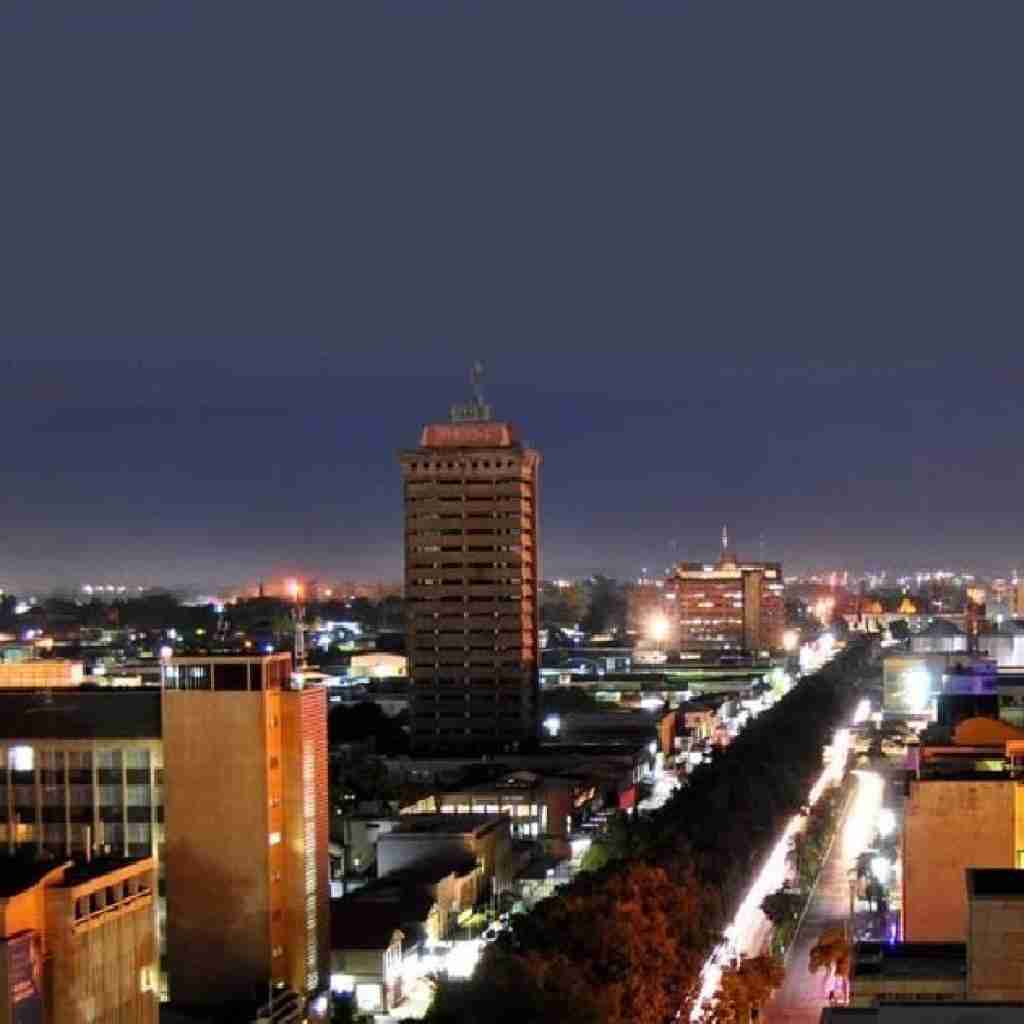
Cities of Zambia
In Zambia, 70 tribes of Bantu origin live together, making up 90% of the population. Added to these are also some Indian and European minorities with just 1% of Chinese Asian people. Zambian people mostly live in farming villages, but you find some big cities here as well.
Lusaka is the capital and has 1.5 million inhabitants. The cities of Kitwe (520,000 inhabitants) and Ndola (450,000 inhabitants) follow it in the main list. Lusaka is a city full of shopping malls, museums and monuments and is also home to two major universities in the Country. Connections are guaranteed by a railway station and the international airport.
Also worth mentioning is Livingstone, very important for tourism. It is in fact the reference point for tourists who go to visit the Victoria Falls in the south of the Country. Livingstone has just under 200,000 inhabitants but hosts an international airport, tour operators and a museum dedicated to the British hero after which it it was named.
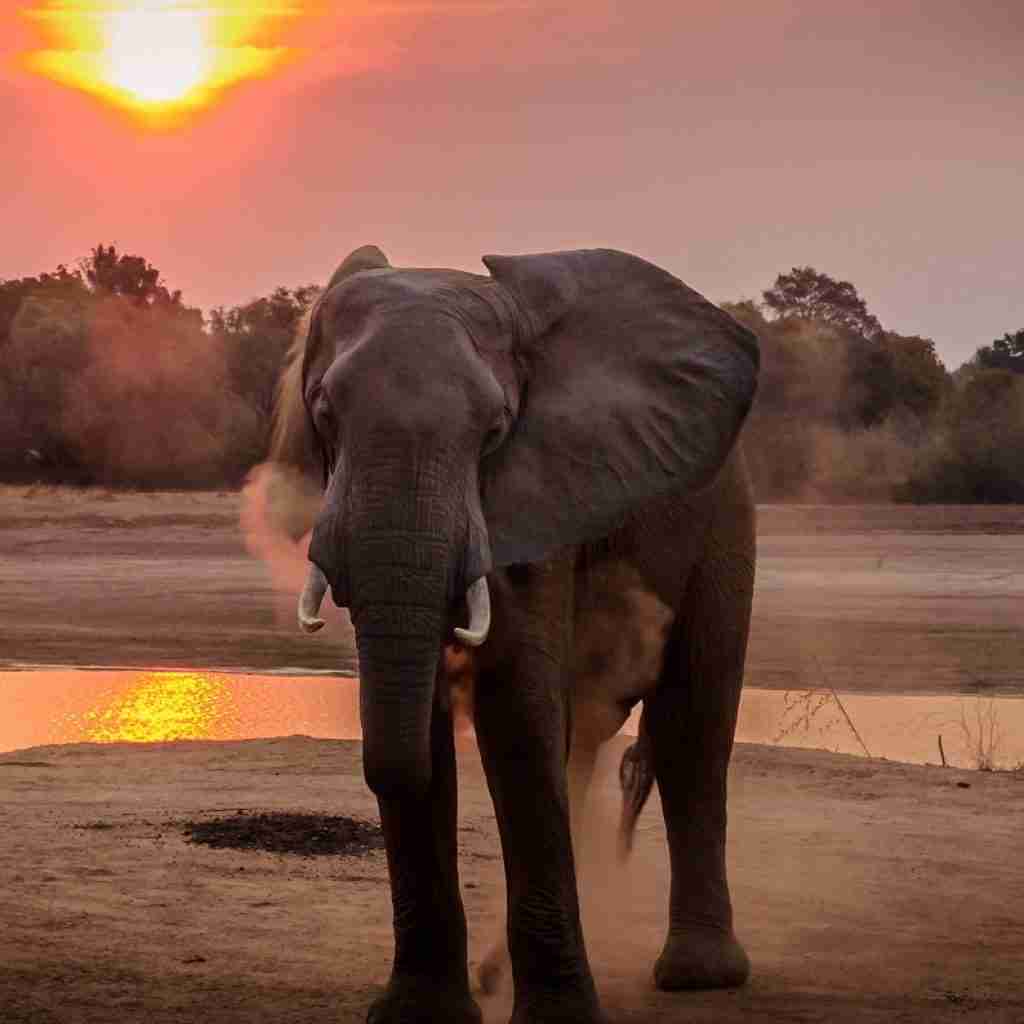 More about the Country
More about the Country
Once landed at the two most important international airports – Lusaka International and Nkumbula International in Livingstone – the best way to move around the nation is by jeep cars.
You can drive them yourself if you are 23 years old and have had a driving license for 5 years, but the advice is to rent a car with a driver and possibly with a tour guide. The roads in Zambia are not safe. Buses are numerous but unsafe and often late and not well organized. Trains, especially to and from Lusaka, are more reliable.
Typical dishes to taste in Zambia: Nshima soup made from cornmeal in broth with vegetables, plus river fish or meat; Kapenta sardines are delicious fish to be eaten dried; the vegetable and peanut stew is also excellent. The bravest ones might try to taste – if they feel to! – the “delicious” Mopane worms!
Zambia’s currency is the Kwacha (1 Kwacha=0.047 Euro).
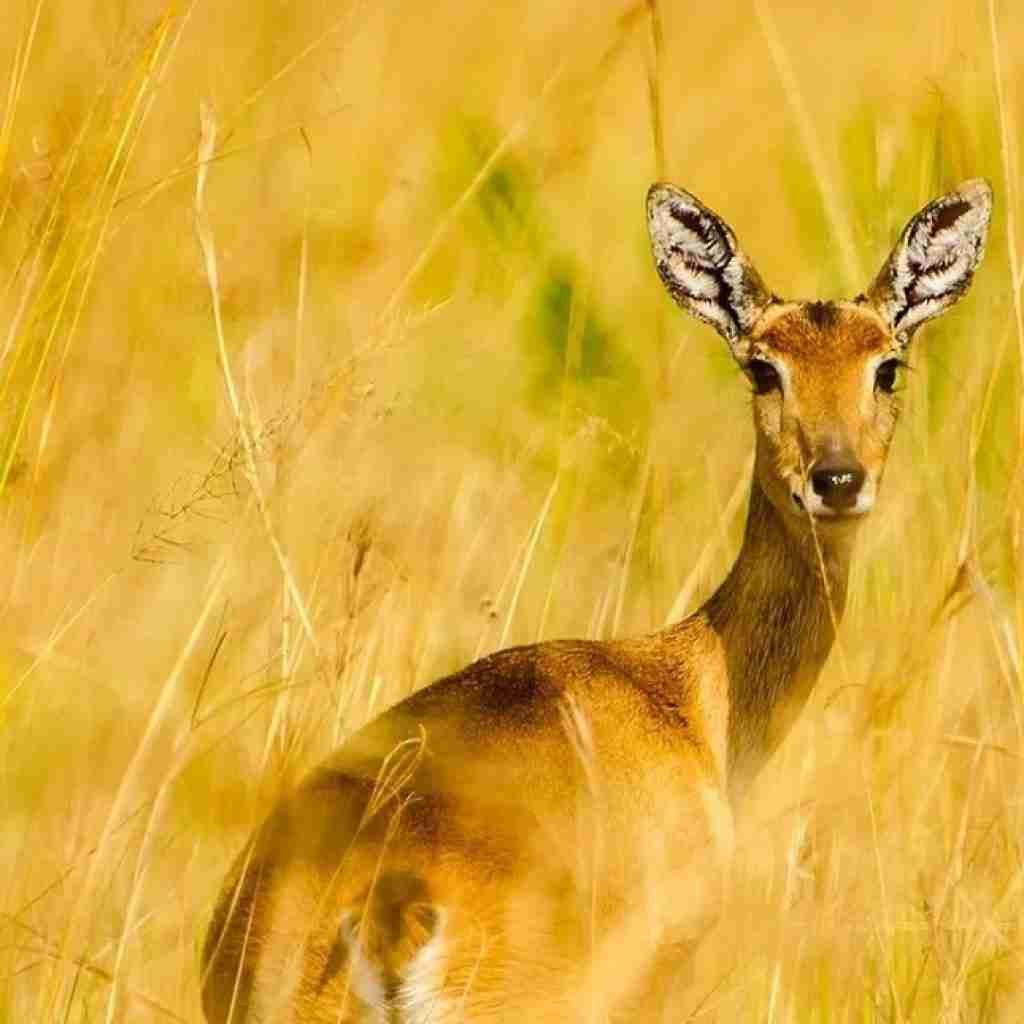

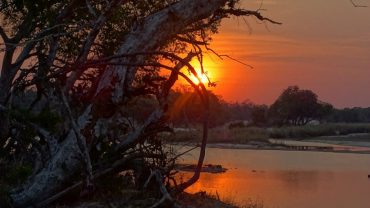
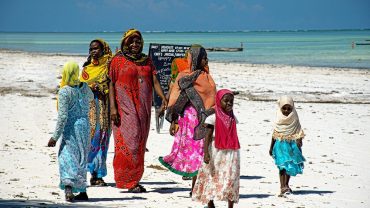
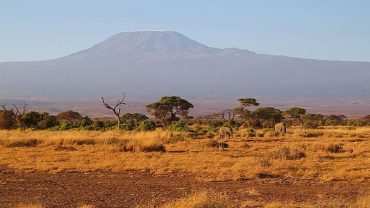
Comment (0)